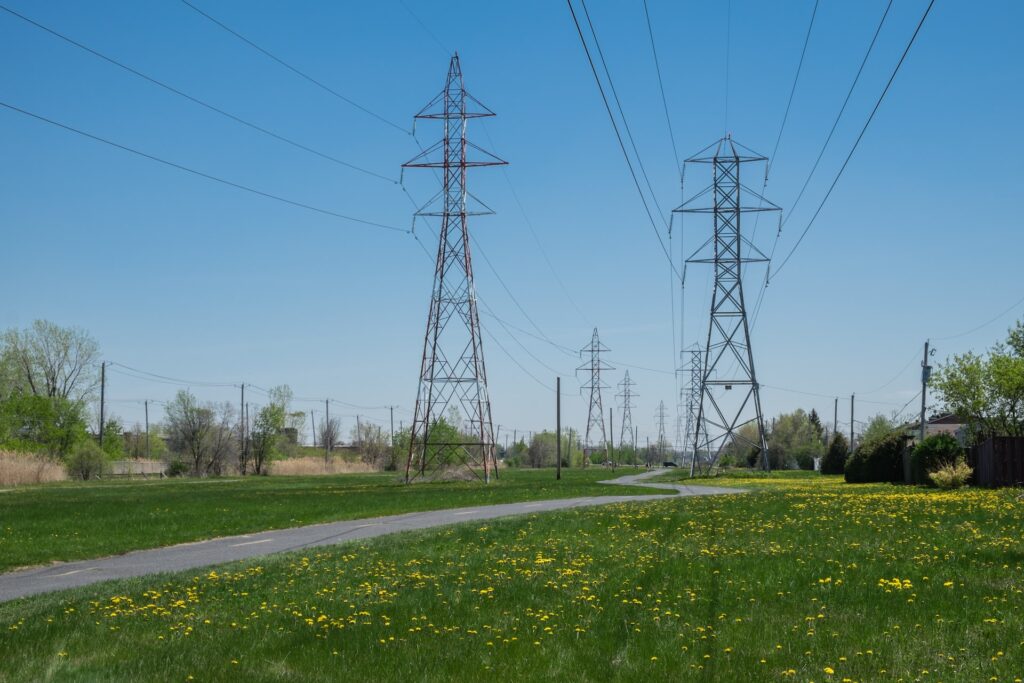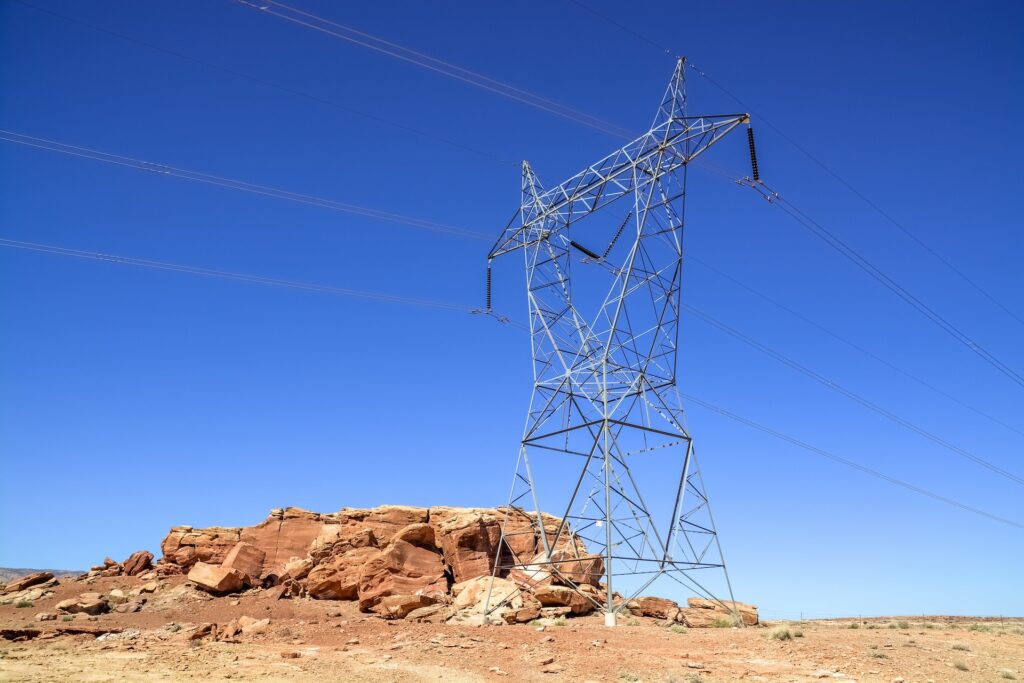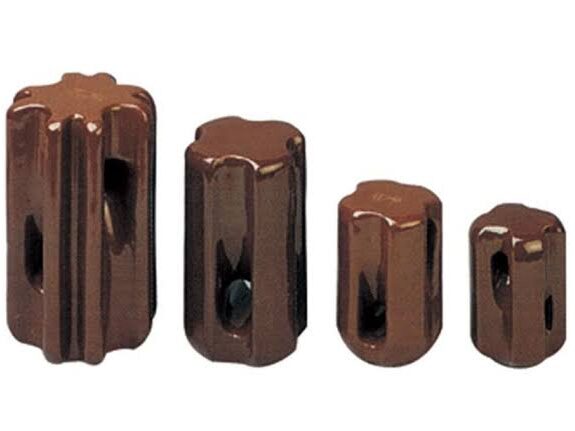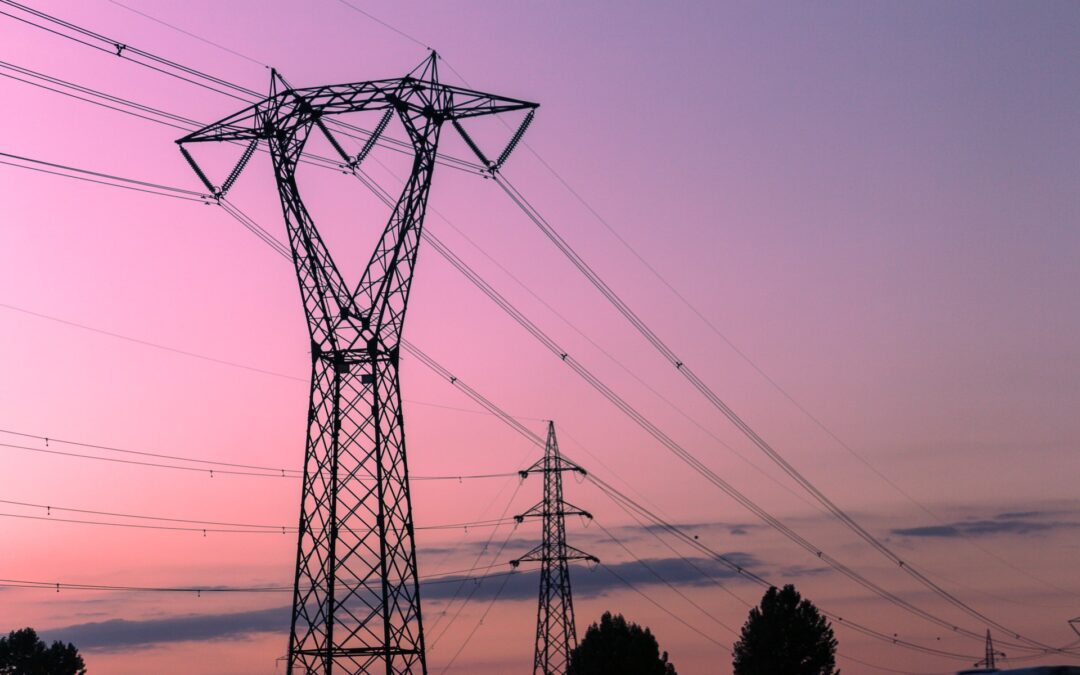The ASEAN grid interconnection is a complex and ambitious project that relies on a range of advanced technologies. These technologies help to ensure the efficient and reliable operation of the interconnected grids, enhance grid reliability, stability, and flexibility, and support the integration of diverse energy sources.
A stay insulator is a type of insulator that is used to support the weight of a stay wire or guy wire. Stay wires and guy wires are used to support power poles and other overhead electrical equipment. Stay insulators are typically made of porcelain or glass, and they are designed to withstand high voltages and mechanical stresses.

The Main Technologies used in the ASEAN Grid Interconnection
- High-voltage transmission lines: These lines transmit electricity between countries, enabling efficient exchange between grids operating at different voltages.
- Substations: These convert the voltage of electricity from one level to another, ensuring safe transmission.
- Smart grid technologies: These use sensors, communication networks, and data analytics to improve grid visibility and control, enhance grid management, and enable real-time data analysis and remote-control capabilities.
- Energy management systems: These software systems monitor, control, and optimize the operation of power generation.
- SCADA systems: These systems collect data from sensors and use it to make decisions about how to operate the grid efficiently and safely.
- Communication systems: These systems transmit data between different parts of the ASEAN power grid interconnection.
- Cybersecurity technologies: These technologies protect the grid from cyberattacks.
The Three Phases of ASEAN Grid Interconnection
- Phase 1 (2016-2025): This phase aims to connect the existing grids of the ASEAN member countries and develop new transmission lines to improve the flow of electricity between countries.
- Phase 2 (2026-2035): This phase aims to integrate more renewable energy sources into the ASEAN power grid.
- Phase 3 (2036-2050): This phase aims to develop a fully integrated and resilient ASEAN power grid.
Interconnection Projects that have been Implemented or are Under Development
- Laos-Thailand power interconnection: This project connects the power grids of Laos and Thailand, increasing the export of electricity between the countries.
- Indonesia-Malaysia-Singapore power interconnection: This project is still under planning stage, but aims to connect the power grids of Indonesia, Malaysia, and Singapore.
- Thailand-Malaysia-Singapore power interconnection: This project connects the power grids of the three countries.
- Vietnam-Cambodia interconnection: This project connects the power grids of Vietnam and Cambodia, improving the reliability of the power supply in both countries.
Benefits of the ASEAN Grid Interconnection
- Increased reliability: The interconnection will reduce the risk of blackouts and brownouts by providing a more resilient power network and enabling the sharing of power between countries during times of peak demand.
- Reduced greenhouse gas emissions: The interconnection will increase the use of renewable energy sources, helping to reduce greenhouse gas emissions into the atmosphere.
- Increased energy access: The interconnection will help to bring electricity to remote areas of the region, improving the quality of life for people in these areas.
- Increased trade and investment: The interconnection will create new opportunities for trade and investment in the region’s energy sectors.
Challenges of the ASEAN Grid Interconnection
- Technical challenges: The construction of new transmission lines and substations is complex and expensive, and requires the cooperation of multiple countries with different standards and regulations.
- Cybersecurity challenges: The interconnection is a critical piece of infrastructure that is vulnerable to cyberattacks.
- Financial challenges: The investment required for the interconnection is significant, and it may be difficult to cost-share between the ASEAN member states.
- Regional cooperation: The countries involved need to agree on the terms of the project, sharing costs, and the environmental and social impacts.
- Grid stability and reliability: The interconnection could introduce new challenges to grid stability due to cross-border disturbances, grid imbalances, and voltage fluctuations.
- Regulatory harmonization: The ASEAN countries have different legal frameworks and energy policies, which could present hurdles to the development of the interconnection.
- Political challenges: The development of the interconnection involves political considerations and geographical dynamics among the member countries.

Conclusion:
Despite these challenges, the ASEAN grid interconnection is a strategically important project that has the potential to deliver significant benefits to the region. By overcoming these challenges and working together, the ASEAN member states can build a more resilient, reliable, and sustainable energy future.
FAQs
The ASEAN grid interconnection is a project to connect the power grids of all ten ASEAN member states. It is being implemented in three phases, with the goal of creating a fully integrated and resilient ASEAN power grid by 2050.
Increased reliability
Reduced greenhouse gas emissions
Increased energy access
Increased trade and investment
Technical challenges
Cybersecurity challenges
Financial challenges
Regional cooperation
Grid stability and reliability
Regulatory harmonization
Political challenges
The stay insulator is a kind of inslators with low voltage. It used to balance and fasten pole terminal through intergrating the guy wires and guy grips. They have the structure to protecting main wire from accidentally electrical conduction.


